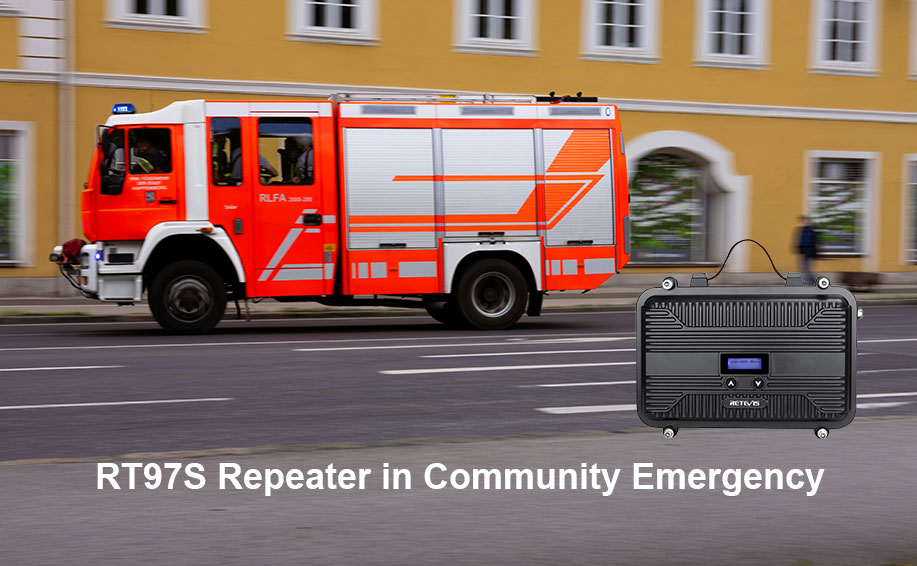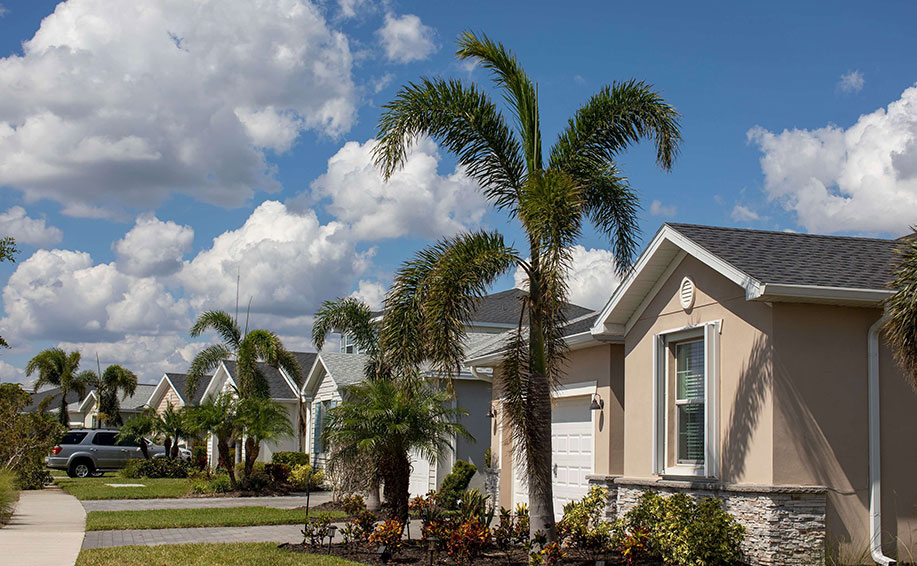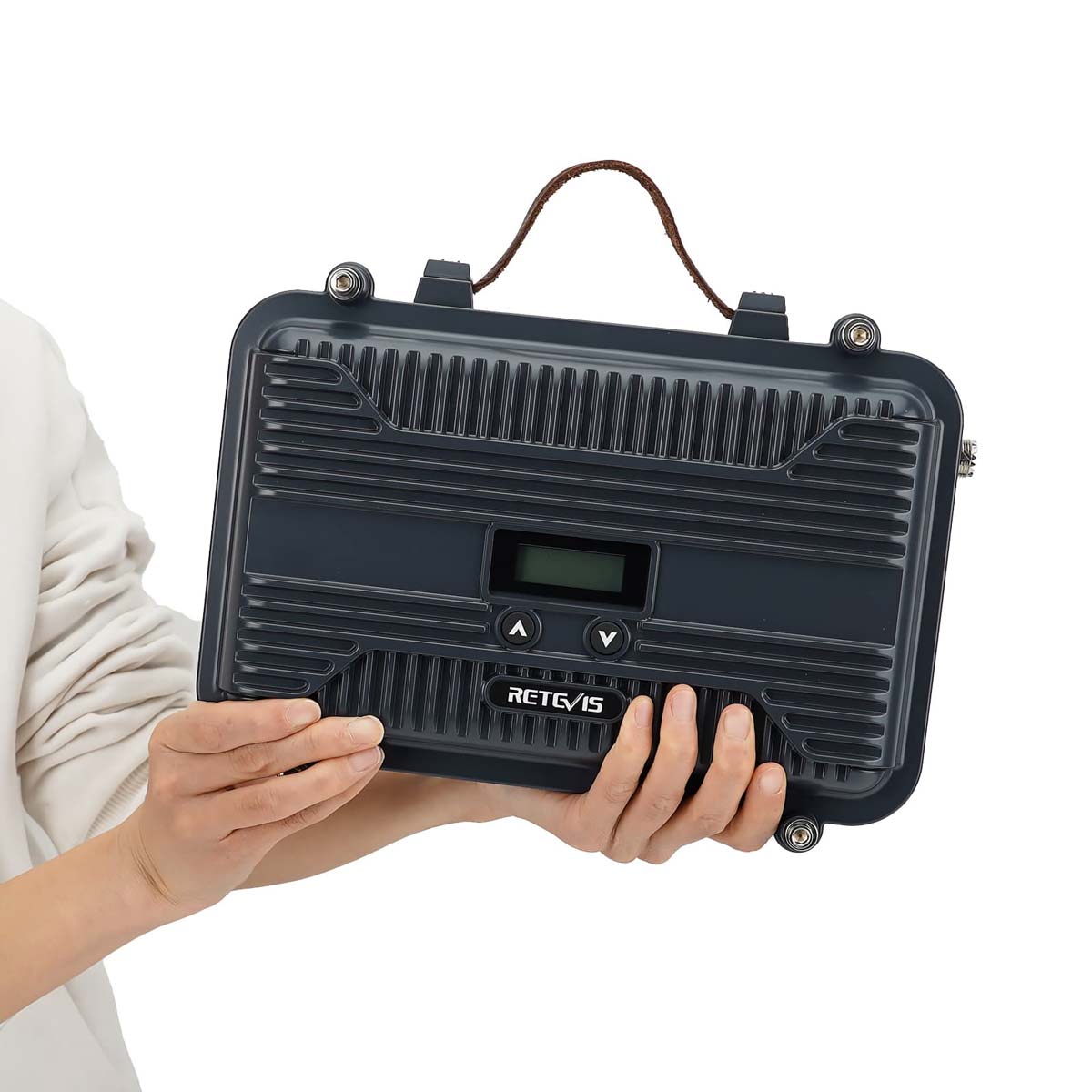RT97S Repeater Usage for Emergency Communications in a Florida Community

RT97S Repeater Usage for Emergency Communications in a Florida Community
Introduction: The Community Environment
Our community is currently under development and is expected to continue growing for at least the next two years. When fully completed, it will consist of approximately 2,000 living units, including single-family homes, duplexes (side-by-side and up/down), and multi-family condominium-style buildings. Spanning over 1,000 acres, the community measures nearly 2 miles in length and 0.75 miles in width, featuring alligator-populated lakes (retention ponds) throughout. It also includes various community amenities such as a pool, exercise room, and tennis courts, along with numerous roads and gated entry points.
Given that the location is in Florida, hurricanes and major storms are a part of life here, and the community has made provisions for emergency response. The owners have established an emergency response team, which has divided the community into manageable zones. The team has created a structured management system, with a central control point to facilitate communication both within the community and externally with regional emergency services.

Initial Communication Setup
Initially, the community considered using low-cost over-the-counter FRS/GMRS radios to ensure reliable communication on a tight budget. A test was conducted where eight individuals positioned at the furthest corners of the community carried FRS/GMRS radios. A command post was set up with a 24-foot mast topped with a vertical GMRS antenna, connected to a borrowed 15-watt radio in a parking lot near one of the main buildings.
The results were telling: while the command post could communicate with all zones, not all zones could communicate with each other using the handheld radios. It was clear that the external mast-mounted antenna and the more powerful radio made a significant difference. The 2-watt GMRS radios were effective up to 1¼ miles, while the FRS radios, with less power, were limited to about ¾ mile.
From the test data, it became apparent that while zone radios in the 2-watt range would work well for communication within zones, major communications should always be directed to a central command post equipped with a more powerful external antenna and a radio in the 5-15 watt range.
The Challenge of Radio Deployment
The next challenge was finding an optimal location for the central radio. Space is limited, and with ongoing construction, fixed locations for radios are not available. Moreover, in emergency situations, ensuring reliable power for the radios became a concern.
Initially, the idea was to duplicate the command post radio and have someone relay communications from the zones. However, the team realized that using a small, mobile radio repeater could be a more efficient and flexible solution. The repeater could be deployed at various locations within the community, ensuring continuous communication, even after a storm might make certain areas inaccessible.
RT97S GMRS Repeater for Emergency Communication
The idea of using a repeater gained traction, and after researching several options, the Retevis RT97S emerged as the ideal solution. Priced at around $400, the RT97S is lightweight, powerful, and capable of operating on the necessary frequencies. With its ability to function across multiple software-programmable channels within a specific frequency range, it offers flexibility to accommodate any future changes as the surrounding communities expand.
The RT97S is perfect for powering the emergency communication system. The repeater can be mounted in a weather-resistant case on a small mast or tower and powered by solar panels and batteries. This ensures that the repeater will remain operational in the event of a power outage. All zones and the command post can communicate seamlessly through the repeater, which is critical during emergencies. External communications with regional emergency organizations will be handled via amateur (ham) radio operators.
Why Choose the Retevis RT97S for This Florida Community?
Several factors made the RT97S repeater the go-to choice for the community’s emergency communication system. The combination of affordability, power, and versatility made it an excellent fit for the community’s needs. It provides reliable performance over a range of frequencies, and its ability to be easily deployed and maintained makes it an invaluable tool for emergency communication.

You can learn more about the RT97S GMRS repeater here: https://www.retevis.com/rt97s-full-duplex-portable-gmrs-repeater-us
NR30S Long-Range Emergency Communication Radio
Next, the community needed to select two way radios for the zone leaders. These radios must be able to communicate on separate transmit and receive frequencies for use with the repeater while also functioning on simplex (same frequency) mode for local zone communication. After further research, the Retevis NR30S handheld radio was selected as an ideal choice for the zone radios.
The NR30S GMRS mobile radio is equipped with several features that make it a great fit for emergency communication within the community:
1. Long Range and Clear Communication
With a high-power output and long antenna, the NR30S long range gmrs radio offers a communication distance of 3-7 km, providing clear and stable communication even in challenging environments.
2. NOAA Weather Alerts
The NR30S comes with NOAA weather channels, allowing users to receive real-time weather alerts for severe weather conditions like storms and hurricanes, which is crucial for safety during emergencies.
3. IP67 Waterproof Rating
The NR30S gmrs emergency radio is fully waterproof and can withstand being submerged in 1 meter of water for up to 30 minutes, making it a reliable tool even in humid or wet environments, essential for emergency situations in unpredictable weather.
Conclusion
The Retevis RT97S repeater, combined with the NR30S radios, offers a comprehensive and flexible emergency communication solution for the Florida community. With its long range, noise reduction, waterproof features, and emergency capabilities, the NR30S is well-suited for communication within zones, ensuring that emergency responders stay connected even during challenging conditions. Here you can check for more information about the gmrs repeater kit: https://www.retevis.com/retevis-nr30s-radio-with-rt97s-repeater-gmrs-long-distance-communication-solutions-us.






